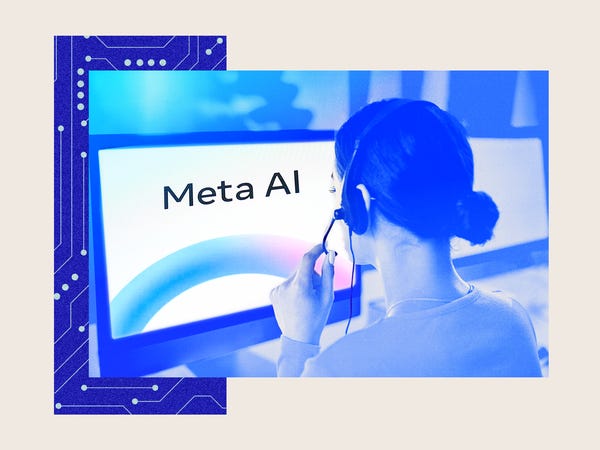## Forget the annual review: Big Tech’s New Performance Playbook The days of dreaded performance reviews and generic feedback forms are fading fast in the world of Big Tech. Amazon, Google, Microsoft, and Meta are ditching the old playbook, opting instead for a more intricate system that blends carrots and sticks in a bid to shape employee behavior and maximize productivity. But is this new approach truly effective, or are these tech giants simply creating a highly competitive, potentially stressful work environment? We delve into the strategies these companies are employing, exploring the potential benefits and drawbacks for both employees and the bottom line.
The Rise of Performance-Based Culling

Meta’s Intense Review Process: Cutting Low Performers and Block Lists
Meta’s intense review process is designed to eliminate low performers, and the company is using internal block lists to bar certain former employees from being rehired.
The use of internal block lists is particularly harsh, as even high performers laid off during earlier rounds have found themselves inexplicably blocked from returning, despite support from hiring managers.

The Broader Shift: Pressure, Not Perks
These strategies reflect a wider recalibration in tech culture, as AI investment surges and Wall Street demands efficiency, companies are pressuring workers to “do more with less.”
Tech leaders, from Google to Meta, have explicitly linked success to intensity and ruthless execution.
Performance ratings are now a make-or-break proposition, not just a career checkpoint.
The “carrots” are richer than ever for top-tier employees, but the “sticks” are getting sharper for those who don’t meet expectations.

Amazon’s New Compensation System
Amazon is overhauling its employee compensation system to better reward those who consistently perform at the highest level, while tightening payouts for others.
According to internal documents obtained by BI’s Eugene Kim, employees who earn a “Top Tier” rating for four straight years can now receive 110% of their pay band, up from the previous cap of 100%.
First-time Top Tier recipients, however, will now get just 70%, down from 80%.
The new model prioritizes an employee’s longer-term performance history over one-time gains and places more weight on Amazon’s “Overall Value” ratings.

Microsoft’s Aggressive “Stick” Policy
Microsoft is rolling out a more aggressive “stick” policy, offering underperforming employees a choice: Take a 16-week payout and leave voluntarily, or enter a formal performance improvement plan with defined expectations and deadlines.
Those who enter the PIP and fall short may be ousted, and they won’t get the payout.
They will also be blocked from being rehired for two years.
This approach is similar to Amazon’s controversial “Pivot” program and signals Microsoft’s intent to eliminate ambiguity around performance standards.
Google’s Performance Review System
Google is nudging employees toward higher performance by sweetening the pot for top contributors.
The company recently updated its performance review system, allowing more employees to qualify for higher performance ratings, which come with bigger bonuses and equity grants.
But these changes are “budget-neutral,” meaning increased rewards for high performers will come at the expense of those rated in lower tiers — reinforcing the push for excellence with some consequences for those who might be planning to rest and vest.
Conclusion
Here is a comprehensive conclusion for the article:
In conclusion, the tech giants Amazon, Google, Microsoft, and Meta are revolutionizing performance management by adopting a “carrots and sticks” approach. This hybrid strategy combines traditional metrics-driven evaluations with modern, data-informed methods that prioritize employee growth and development. By leveraging AI-powered tools, continuous feedback, and personalized coaching, these companies are shifting the focus from punitive assessments to empowering employees to take ownership of their performance. The article has demonstrated how these innovators are redefining the performance management landscape, yielding improved employee satisfaction, enhanced productivity, and better retention rates.
The implications of this transformation are far-reaching and profound. As the tech giants lead by example, they are setting a new standard for the industry, forcing other organizations to reexamine their own approaches. In the future, we can expect to see more companies adopting similar strategies, driven by the need to stay competitive in the war for talent. As performance management continues to evolve, it will be critical for organizations to prioritize employee well-being, and growth, or risk being left behind.

